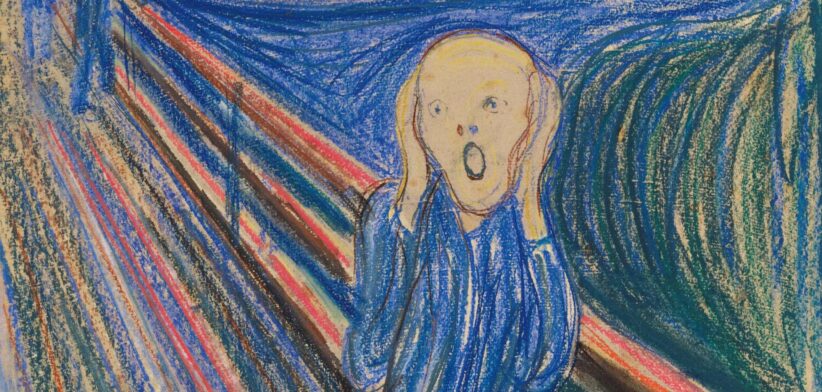Researchers have called for art pieces to be integrated into mental health strategies, following research that found viewing works, in any setting, boosted wellbeing.
Study lead author MacKenzie Trupp said a team of psychologists from University of Vienna, Trinity College Dublin, and Humboldt University of Berlin reviewed 38 previously published studies involving 6805 participants.
Ms Trupp said the study found that viewing art could improve eudemonic wellbeing, which is the wellbeing associated with meaning in life and personal growth.
She said the simple act of looking at a piece of visual art could boost wellbeing and the benefit could be gained in a hospital setting as well as an art gallery.
“People often think of art as a luxury, but our research suggest that viewing art, whether as a hobby or as a targeted health intervention, can meaningfully support wellbeing.”
Ms Trupp said artworks included in the review included famous pieces such as The Scream by Edvard Munch, The Starry Night by Vincent Van Gogh, and other pieces of modern and contemporary art.
She said healthcare providers and policy makers should integrate art into mental health strategies as a low-cost and easily-accessible resource.
“Previous research has suggested that viewing art might influence mood or stress, but the research was limited and inconsistent.
“This study examined decades of scattered research, providing for the first time a clear and comprehensive overview of when, where and why art viewing is used to promote wellbeing.”
Ms Trupp said the benefits were observed in a variety of locations, such as in museums and galleries as well as clinics and hospital settings and also through the medium of virtual reality.
“A wide range of art types including figurative, abstract, modern and contemporary paintings, photography, sculpture and installations were found to boost wellbeing.”
Read the full study: The impact of viewing art on well-being—a systematic review of the evidence base and suggested mechanisms.








